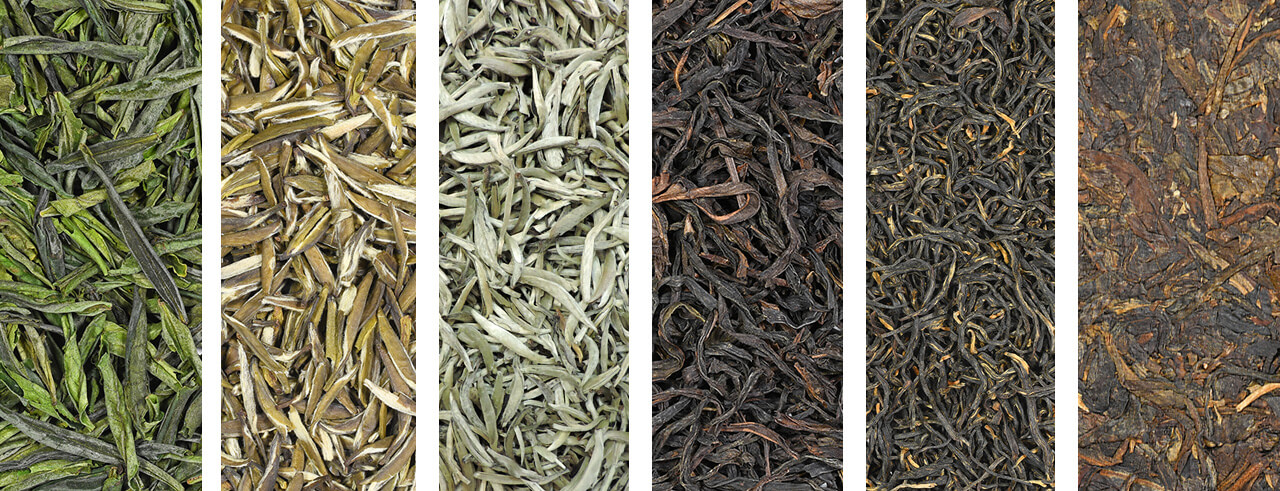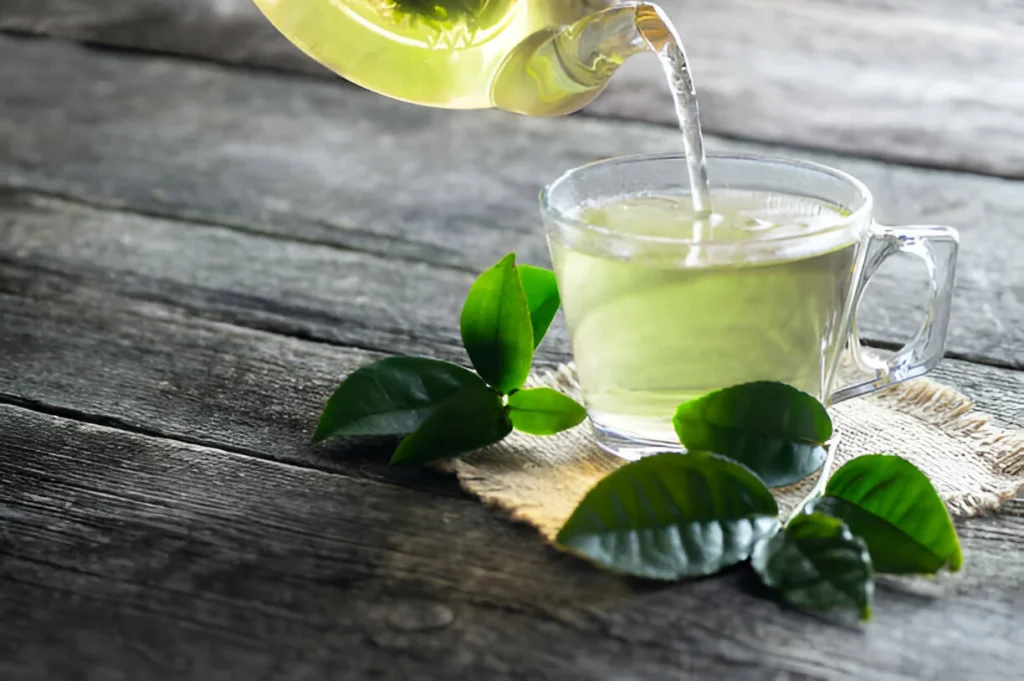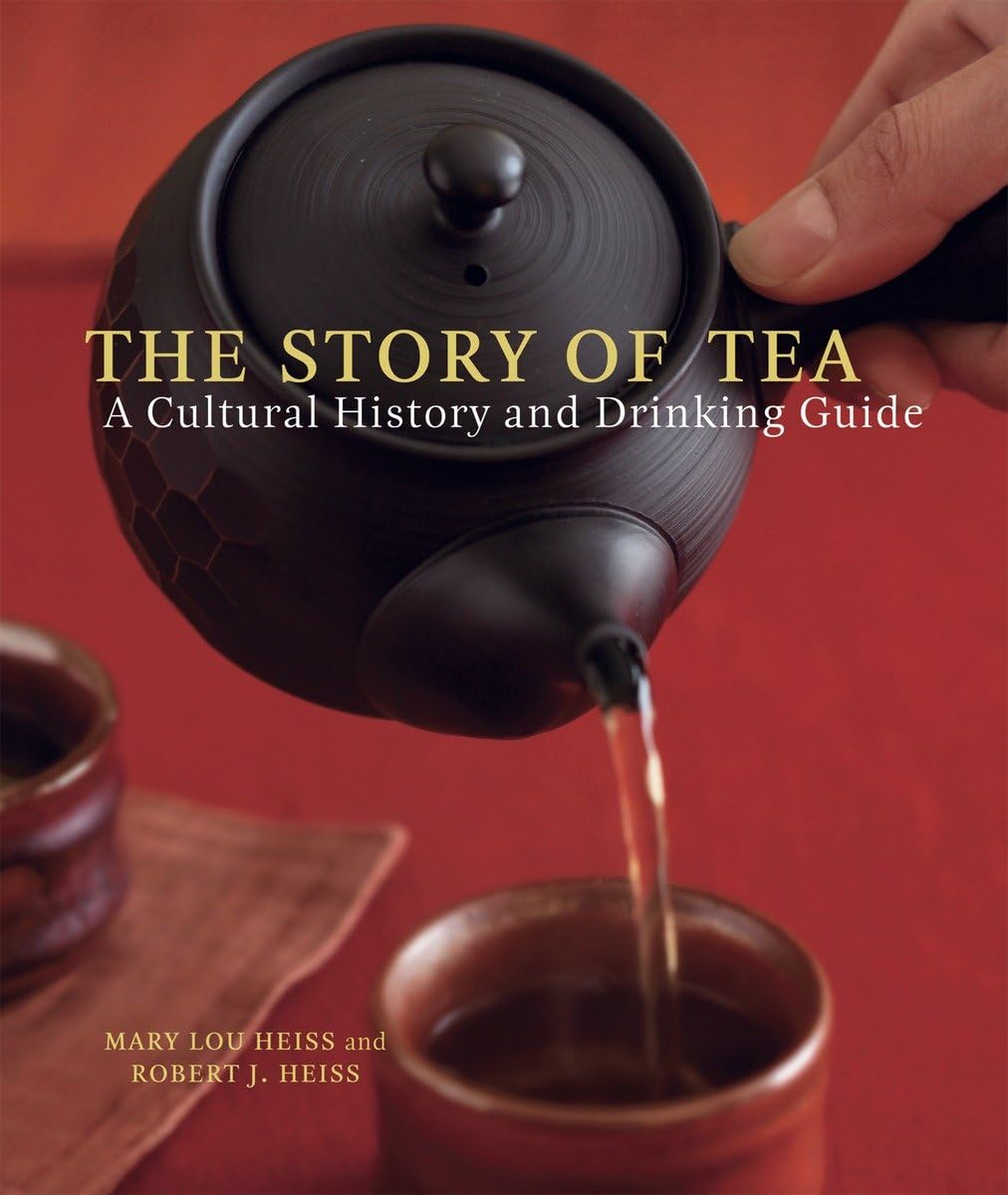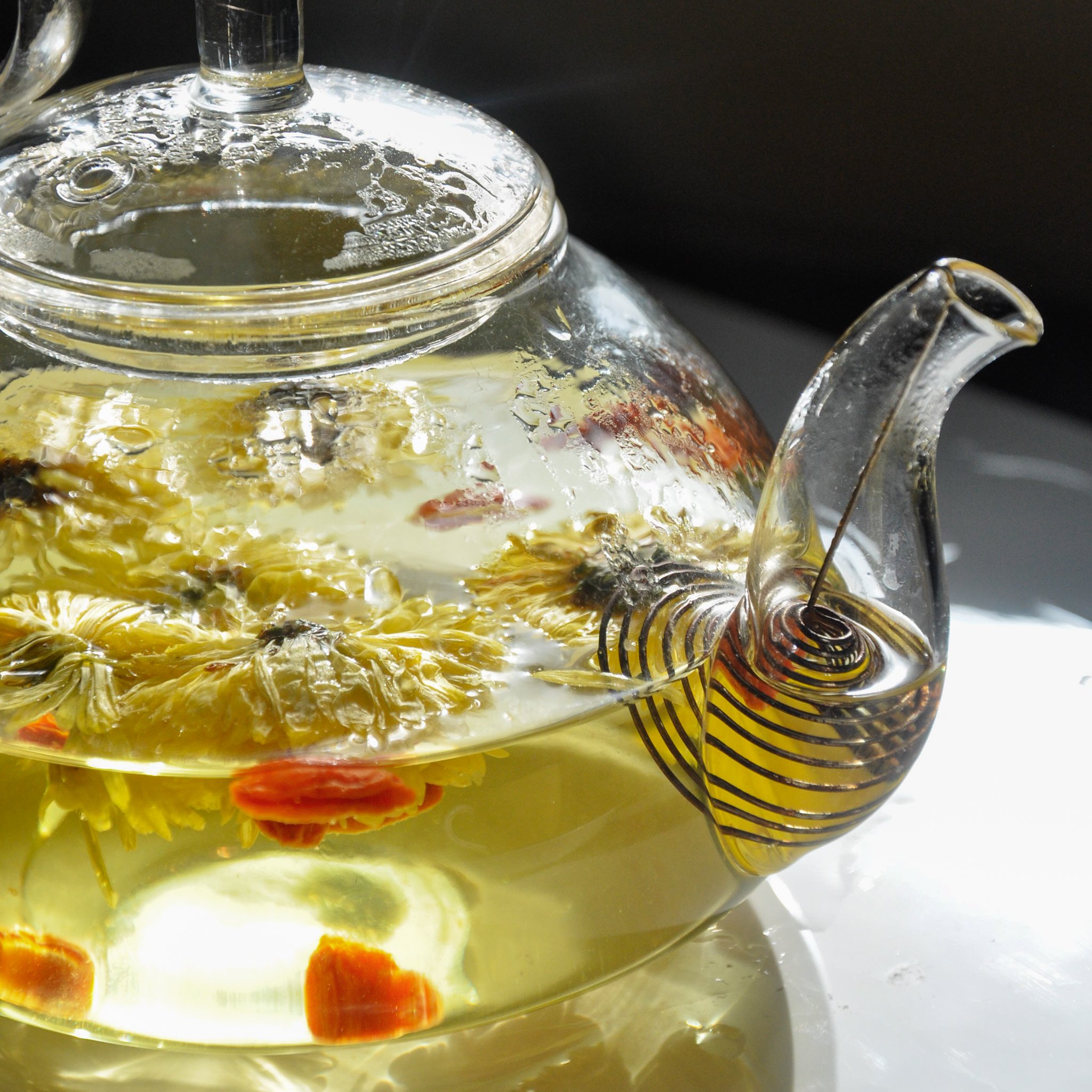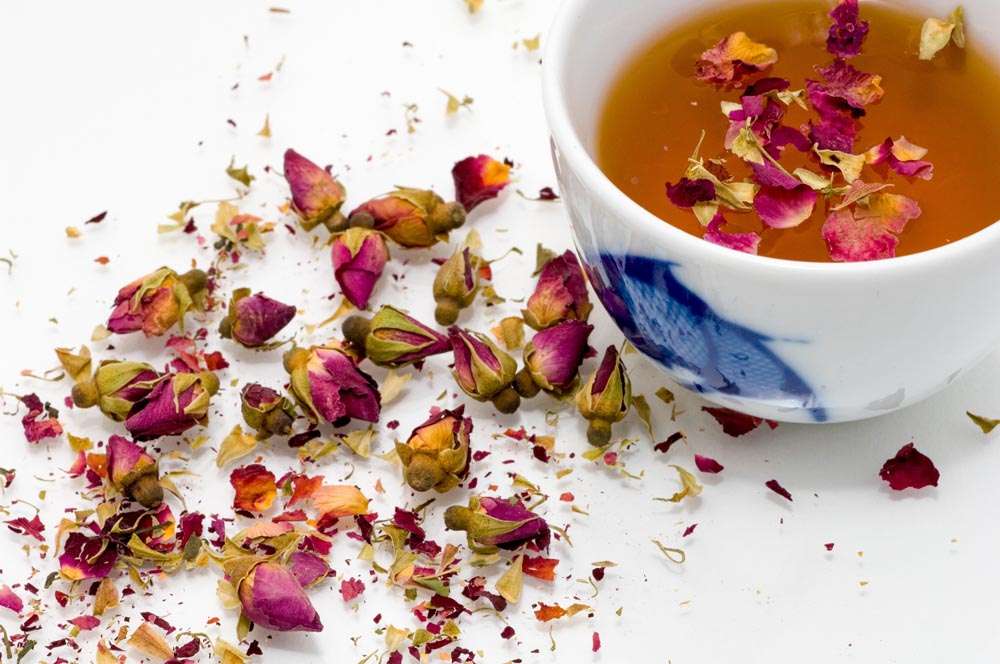As a tea lover, diving into the six classifications of tea feels like exploring a universe of flavors, aromas, and traditions. Each category has its own story, tied to its processing methods and origins. Let me walk you through these six enchanting worlds of tea.
Green Tea: The Pure and Vibrant
Green tea has always felt like a fresh breeze in a cup. The leaves are fixed but not oxidized, retaining their vibrant green color both in the leaf and the brew. Depending on the type, I’ve experienced flavors ranging from light and sweet to grassy, vegetal, or even slightly stony.
The visual appeal of green tea is undeniable: the leaves can be long and straight, slightly curled, or tightly rolled. Bud teas, often shaped like tiny bird beaks, feel almost too delicate to steep. The best green teas are made in spring from tender young leaves and buds, and their brightness and freshness never fail to amaze me.
I’ve found the finest green teas come from China, Japan, and Korea. A simple brew, without milk or sugar, is the best way to enjoy their complex profiles. Watching the leaves unfurl in the water is a meditative ritual in itself.
Yellow Tea: The Rare Treasure
Yellow tea is a rarity, and every time I sip it, I feel like I’m indulging in something truly special. This tea is fixed but not oxidized, and its unique, smooth character comes from a “smothering” process that the leaves undergo. This step gives yellow tea its buttery, slightly sweet flavor—a softness that sets it apart from the sharper vegetal notes of green tea.
Made mostly in China, yellow tea is crafted from fat, juicy buds harvested in the spring. Its limited production makes it feel like a treasure, one that deserves to be savored without milk or sugar to fully appreciate its subtlety. Whenever I find it, it’s a treat I never take for granted.
White Tea: The Soft Whisper
White tea feels like a quiet conversation with nature. Its leaves are lightly oxidized, giving it a flavor that’s delicate yet reminiscent of a gentle black tea. The original white tea, Yin Zhen, comes from Fujian Province in China, with its iconic silvery buds. Today, modern white teas also incorporate leaves, but nothing quite matches the purity of the classic bud-only teas.
The flavor of white tea is soft, light, and slightly sweet. It’s the kind of tea that feels like a warm hug on a peaceful day. Nepal, India, and other regions have started producing white teas, but the magic of Fujian white tea remains unmatched. Like green and yellow teas, I drink it as it is—no milk or sugar needed.
Oolong Tea: The Tea Lover’s Dream
Oolong tea is where the magic happens for tea enthusiasts like me. Semi-oxidized and incredibly diverse, oolong ranges from 25% to 80% oxidation. Each cup is an adventure, offering flavors that can be lush and floral, rich and earthy, or anything in between.
The appearance of oolong teas is fascinating. Some are semiball-rolled into tiny pellets, others are long and twisted into elegant strips. Taiwan’s oolongs, like the forest-green Baozhong, are especially enchanting, as are the roasted, darker oolongs of China.
Whether it’s a fresh, floral green oolong or a deep, roasted strip-style tea, I love oolong for its versatility and intoxicating aromas. It’s a tea that feels alive, constantly revealing new layers with every sip. Like the others, I prefer it without milk or sugar, savoring its pure essence.
Black Tea: Bold and Classic
Black tea, with its full oxidation, is the tea most people in the West know best. It’s bold, robust, and comforting, perfect for mornings when I need a little extra energy. Whether it’s a malty Assam from India, a muscatel Darjeeling, or a brisk Sri Lankan Ceylon, black tea offers a world of flavors.
I enjoy exploring the different shapes of black tea leaves—some short and straight, others long and twisted. The premium whole-leaf teas are a joy to brew, while the commercial CTC grades, often used in blends, are perfect for strong cups with milk and sugar.
Black tea’s flexibility is one of its greatest charms. Whether I’m sipping it plain, adding a splash of milk, or even a squeeze of lemon, there’s always a black tea to suit my mood.
Pu-erh: The Aged Gem
Pu-erh is a tea with history in every leaf. This fermented tea, exclusive to China’s Yunnan Province, has two distinct styles: sheng (raw) and shou (ripe). Sheng Pu-erh, the traditional style, is made to age, becoming sweeter and earthier over time. Shou Pu-erh, with its accelerated fermentation, offers a pungent, robust flavor that’s ready to drink immediately.
Every cup of Pu-erh feels like stepping into a different time and place. I love its earthy, rich notes, especially when paired with dim sum or enjoyed on a quiet afternoon. Knowing its connection to the ancient tea-and-horse trade routes only deepens my appreciation for this tea.
Conclusion: Six Worlds in a Cup
Each of the six classifications of tea offers something unique—whether it’s the grassy vibrance of green tea, the rare smoothness of yellow tea, or the aged complexity of Pu-erh. These teas are more than just beverages; they’re stories, traditions, and experiences waiting to be discovered. For me, exploring them is a lifelong journey, one cup at a time.
